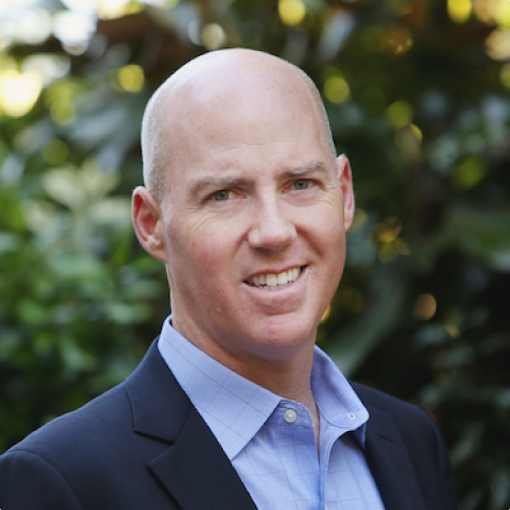By Gary Hoover
I would like to invite you to listen to this three-part podcast series where Harry and I delve into the intricacies of reshoring, exploring recent trends, successes, and lessons learned.
In Part 1, we dive into the dynamic landscape of reshoring where we discuss the driving forces for companies moving out of Asia and provide real-world success stories and strategies. Listen to the podcast or read the excerpt of our conversation below.
Total Cost of Ownership Comprised
Initially, companies ventured offshore primarily for cost savings, drawn by the allure of products at 30-50% lower prices, especially from manufacturing giants like China. However, the tides have turned. Companies are now reevaluating their strategies, prompted by a deeper understanding of the total cost of ownership.
Harry sheds light on the multifaceted aspects comprising the total cost of ownership, from the base price to duty, freight, carrying costs of inventory, and risks like intellectual property. A notable study by Professor John Gray at The Ohio State University paints a vivid picture. Small to medium-sized companies, lured by lower prices and wages, eventually repatriated manufacturing after facing unforeseen challenges and costs over the years.
The Geopolitical Shift
In recent times, geopolitics has emerged as a decisive factor. Chief Executive Magazine’s survey reveals a shift in reshoring priorities, with companies ranking geopolitical risk, supply chain resilience, and proximity to management at the top. The survey found, “58 percent of CEOs whose companies have had recent operations outside of the United States now are considering reshoring, with 18 percent pondering the repatriation of three-quarters or more of their operations.
Success Stories: Proximity, Automation, and Innovation
The podcast showcases success stories that underscore the strategic approaches to reshoring. Bath & Body Works’ relocation near Columbus, Ohio, stands out. Motivated by quick market response, they attracted nine suppliers to establish factories on their campus, embracing proximity, automation, and just-in-time delivery.
Another compelling case study features NEDCO (New England Die Company), a small company out of Connecticut. Leveraging CNC machines, they slashed labor costs per product by a factor of six or seven, successfully bringing back work lost to China. Automation emerges as a key theme, addressing both skilled labor shortages and cost competitiveness.
The Future of Reshoring
As the conversation unfolds between Harry and I, it becomes evident that reshoring is not merely a trend; it’s a strategic imperative. Proximity to suppliers, automation, and a nuanced understanding of geopolitical risks are pivotal in the success of these endeavors.



Don’t miss industry expert insights.
Join a community committed to excellence.